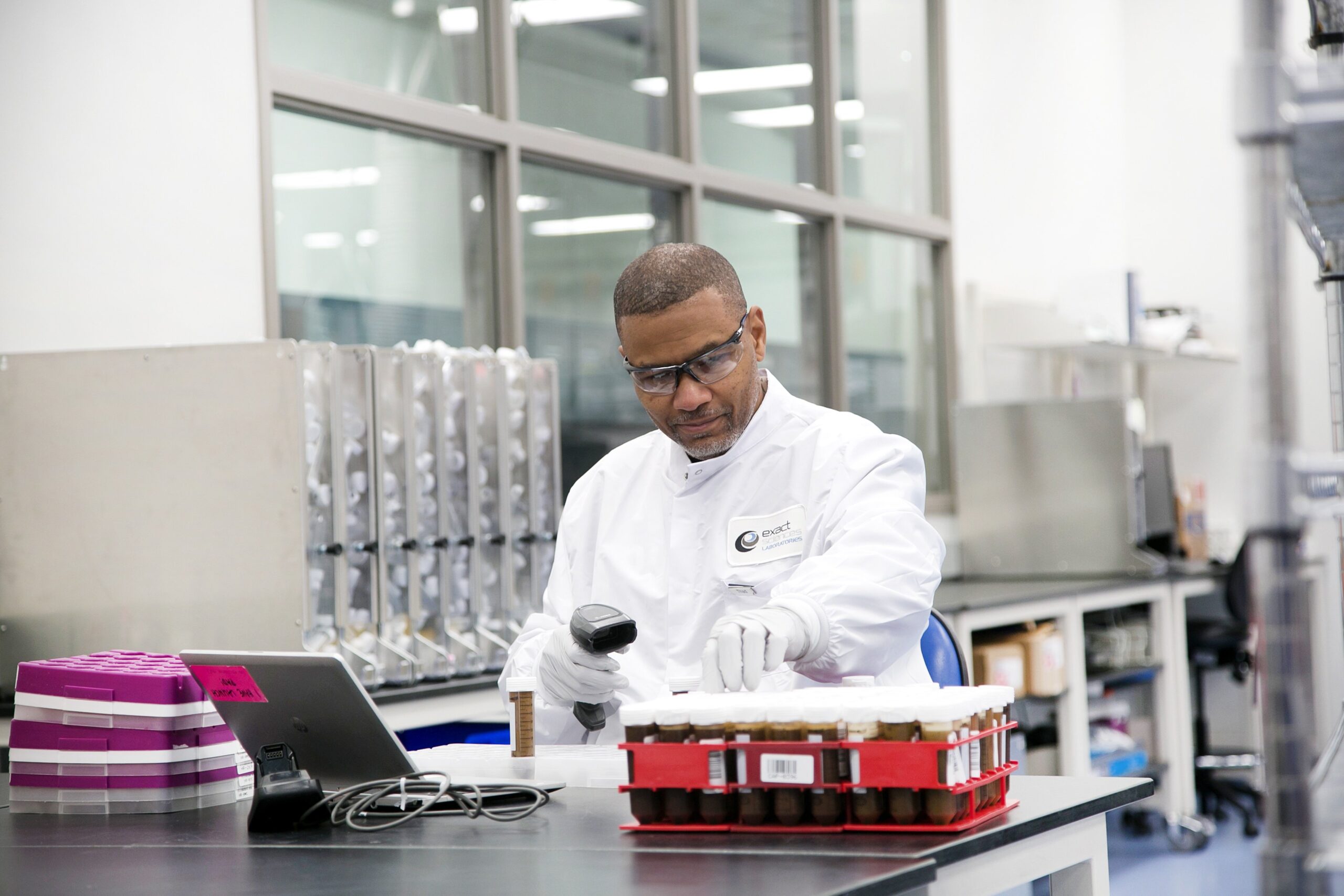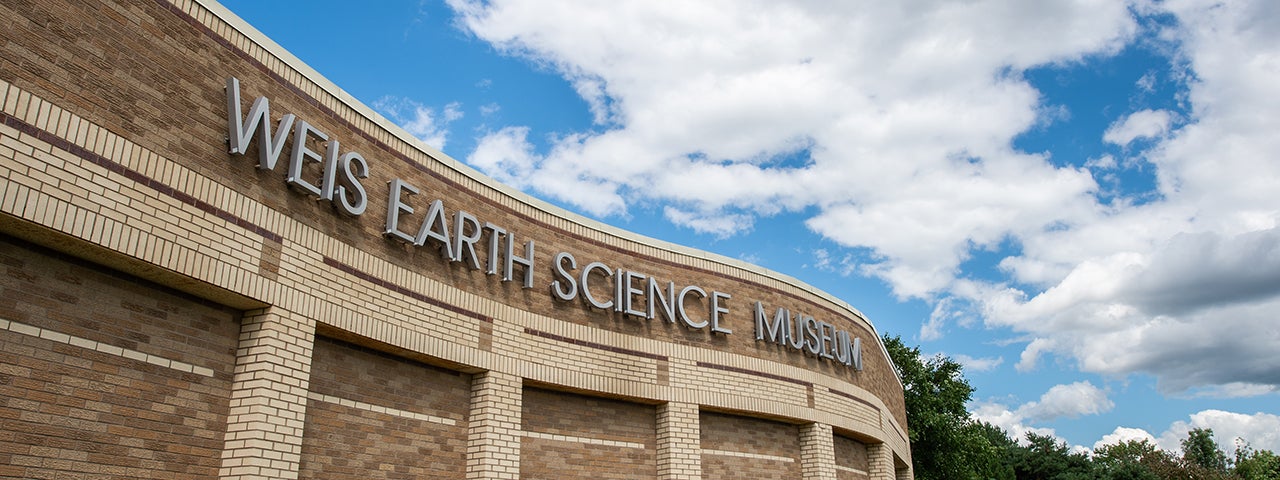The sky will be full of fireworks as the 4th of July approaches. Larry Meiller finds out what the science is behind those displays from Dr. Bassam Shakhashiri.
Featured in this Show
-
Chemistry Professor Explains Science Of Fireworks
The Fourth of July is on Friday, and of course, that means a lot of fireworks displays. While there is definitely an artistic aspect to those displays, it is science, and chemistry in particular, that makes them possible.
Bassam Shakhashiri, a professor of chemistry at the University of Wisconsin-Madison and past president of the American Chemical Society, said that three forms of energy are released when pyrotechnics explode: sound, light, and heat. In most cases, the light and sound are what’s most evident. With heat, however, spectators are too far away from where the fireworks are set off to experience it.
The booms that are heard by people at ground level are the result of “very rapid release of energy into the air,” Shakhashiri said. “In fact, the energy is released faster than it can be dissipated and that’s why we hear the boom. It causes the air to expand faster than the speed of sound.”
The colors are what stand out the most for many spectators. Shakhashiri said that they are created by heating metal salts like calcium chloride, sodium nitrate, “or even some table salt.”
As the atoms of those elements absorb energy, they become excited and move to a higher energy state. When the electrons return to their original condition, or “fall back to the ground state,” they then release their characteristic colors, he said.
“Each element has its own signature,” Shakhashiri explained. “So lithium produces a beautiful red color. Barium produces a green color.”
Copper also produces green, he said, but a different shade than barium. Similarly, strontium results in a red as well. Calcium salts are responsible for orange in fireworks displays, and yellow is produced by sodium chloride, also known as table salt. Blue is produced by copper salts, along with chlorine.
But while they might be beautiful to behold, there is growing concern about the environmental impact of huge fireworks displays. Shakhashiri said that the substance of most concern is a group of oxidizers known as perchlorates. He explained that they “have been shown as having a negative environmental effect.”
“When a firework explodes, and the rest of the material cascades down, it’s really in small amounts,” Shakhashiri said. “But, we always have to be careful with any small amount that we put into the environment. So, there is always that danger of exposure.”
He added that limiting human contact with those substances is why people don’t sit directly under a display.
Research is being done to find fireworks components with a smaller environmental impact, according to Shakhashiri. But, any results will have to strike a balance between the ecological gains, what the public expects from a display, and the relative costs.
Ultimately, as fascinating as the science behind fireworks may be, Shakhashiri warned that doesn’t mean that anyone should try to set off their own.
“When we enjoy fireworks, we should appreciate how carefully choreographed they are, how well they’re put together safely by experts,” he said. “Fireworks are to be enjoyed, but they’re not to be done by us. … Safety is paramount.”
Editor’s Note: On Friday, Shakhashiri will make a free presentation about the science of fireworks on the Memorial Union Terrace in Madison. For more information, visit the events page of his Science Is Fun website.
Episode Credits
- Larry Meiller Host
- Judith Siers-Poisson Producer
- Bassam Shakhashiri Guest
Wisconsin Public Radio, © Copyright 2026, Board of Regents of the University of Wisconsin System and Wisconsin Educational Communications Board.


